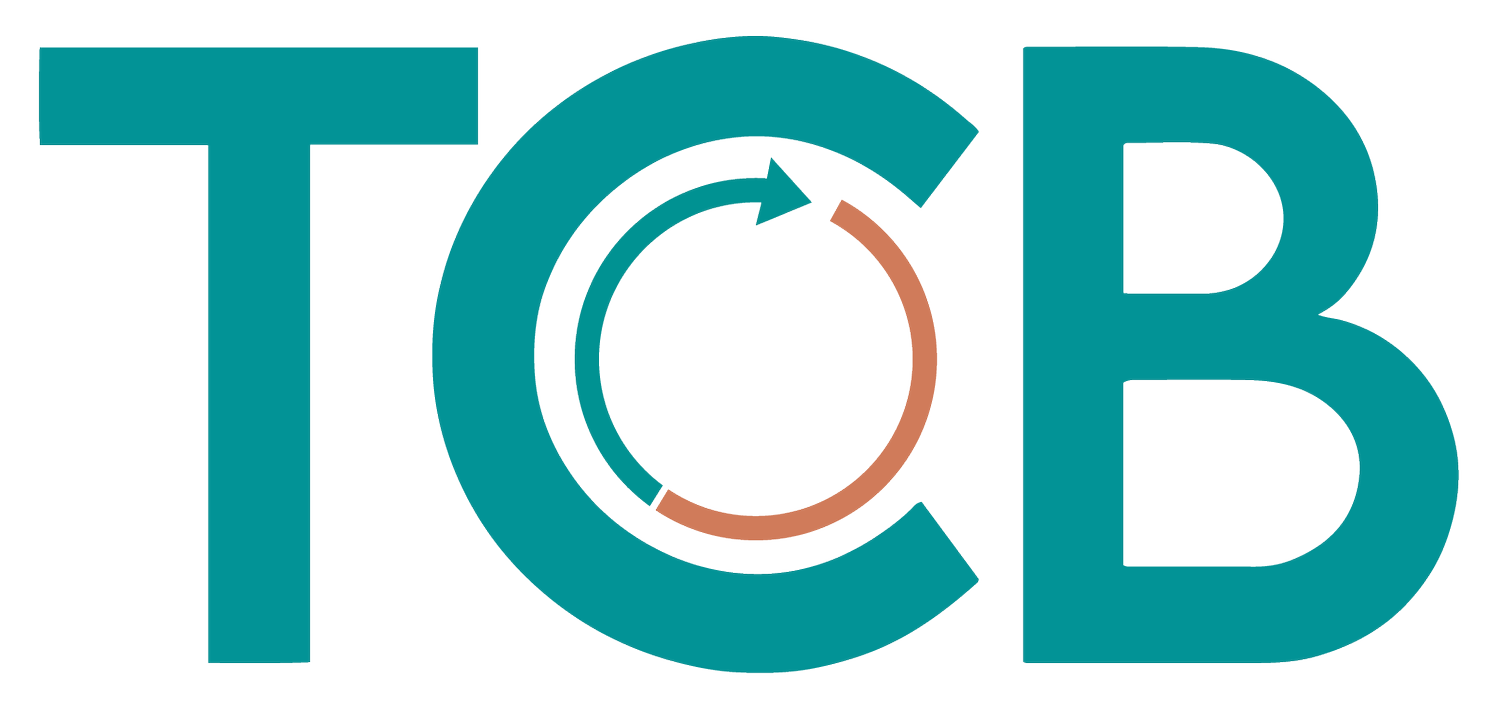Timely Follow-Up: The Secret to Unlocking B2B Lead Conversion
In B2B sales, hesitation costs. The longer it takes to follow up, the faster a promising lead turns into a missed opportunity. Yet, according to our latest poll, 100% of respondents admitted that timely follow-up is their biggest barrier to conversion.
In this blog, the third in our series exploring the findings of TCB’s recent poll on B2B lead generation, we’re focusing on one of the most critical, and overlooked, factors in turning leads into revenue: timely follow-up. This data adds further context to the current B2B lead gen landscape, where our poll data highlighted that 56% of teams say their lead generation is falling short, and that 83% of budgets are being spent on content and SEO.
The missing link in B2B lead conversion
For most B2B companies, generating leads isn’t the problem: it’s what happens next. Too often, leads are handed from marketing to sales only to sit idle, unprioritised, and ultimately unconverted.
As a recap, in our LinkedIn poll, we asked:
“What’s your biggest challenge when handing leads from marketing to sales?”
Poor lead quality
Lack of timely follow-up
Misaligned MQL & SQL criteria
No clear handover process
The result? 100% of respondents chose “lack of timely follow-up.”
The message is clear: even the best lead gen campaigns will fall flat if follow-up doesn’t happen quickly and consistently. Marketing and sales alignment isn’t just “nice to have”, it’s essential. Shared processes, clear handovers, and fast action are what turn interest into revenue
Why follow-up falls behind
Before fixing the problem, it’s worth understanding why follow-up so often fails. Common challenges include:
Resource constraints: sales teams juggling multiple priorities may delay outreach.
Process gaps: even with handover steps in place, unclear prioritisation means leads slip through the cracks.
Data limitations: without insight into which leads are most promising, sales may chase the wrong opportunities.
Over-reliance on top-of-funnel activity – creating demand through content and SEO is vital, but it’s only the first step. Without a process to qualify, prioritise, and follow up quickly, those leads rarely translate into sales opportunities.
How to overcome follow-up challenges
Solving this issue isn’t about chasing more leads or increasing budget. It’s about smarter processes, sharper alignment, and focused resourcing:
Implement structured lead qualification: prioritise leads based on engagement signals and potential deal size so sales acts on the hottest opportunities first.
Automate reminders and workflows: use CRM tools to trigger follow-up tasks the moment a lead arrives.
Bridge the marketing-sales gap: align on qualification criteria, share KPIs, and keep communication frequent to ensure hot leads don’t get lost.
Invest in a dedicated follow-up function: specialist teams can act as the bridge, making sure no opportunity is overlooked.
Timing and alignment are everything
The difference between a lead converting and going cold often comes down to two things: speed and alignment. Businesses that master timely follow-up unlock the full potential of their marketing investment, turning content and SEO spend into tangible revenue.
At TCB, we help companies close this critical gap through structured follow-up campaigns and lead qualification services – ensuring every marketing lead gets the attention it deserves. If your pipeline isn’t converting, it’s worth asking: how quickly and effectively are your leads being followed up? The answer could transform your results.
Ready to make every lead count and create more real opportunities? Contact TCB today to optimise your lead follow-up strategy.
👉 This is the third post in our B2B lead generation series. Next up, we’ll be looking at another common challenge from our poll: “What’s the biggest barrier to getting the most out of your CRM or lead data?” The answers might surprise you…



